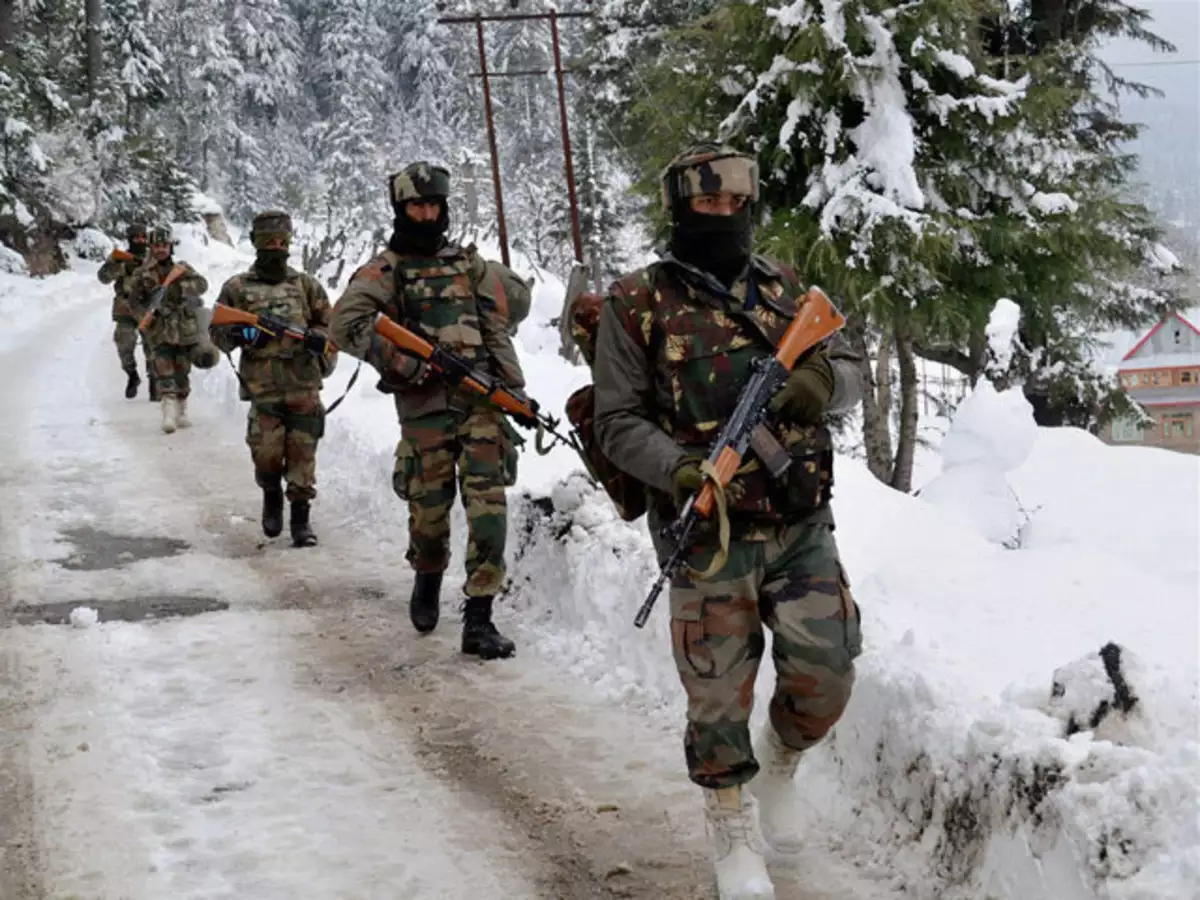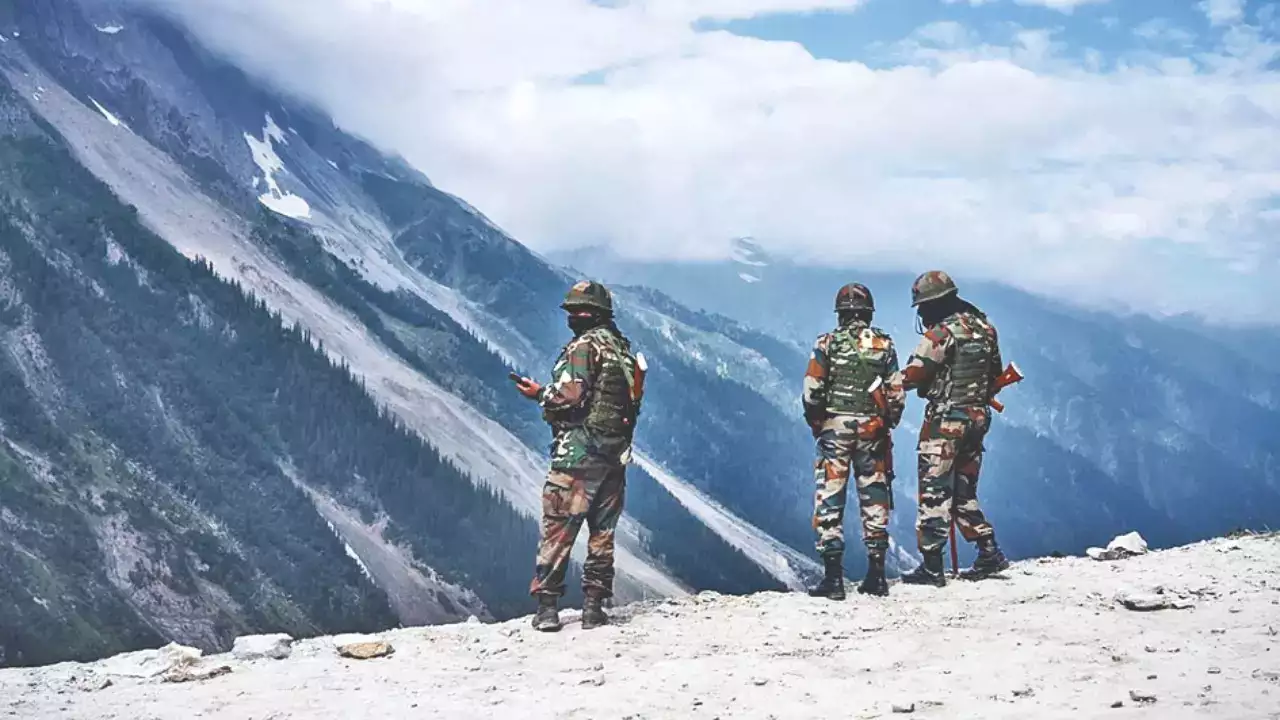One of the key issues in this border standoff at India and China borders involves the disputed status of Demchok and Depsang Plains. Even with several rounds of military and diplomatic dialogue aimed at de-escalating tensions in Ladakh along the LAC, these two areas remain at the center of the stalemate which points to strategic and geopolitical intricacies. This current scenario throws into limelight the difficulties involved in controlling a high-altitude border dispute between two nuclear-armed neighbours with overlapping territorial claims and increasing regional aspirations.
_1726738341.jpg)
Verified Disengagement Progress
Both India and China have achieved disengagement in five friction points, including:
- Galwan Valley
- Pangong Tso
- Gogra-Hot Springs
However, Demchok and the Depsang Plains have seen no progress toward resolution over the past two years. Despite multiple rounds of high-level talks and diplomatic interactions, including the 31st meeting of the Working Mechanism for Consultation & Coordination on India-China Border Affairs (WMCC), the negotiations have stalled over these two regions.
Strategic Significance of Demchok and Depsang Plains
- Depsang Plains
Depsang Plains is strategically important, as they lie close to Daulat Beg Oldie (DBO) and Karakoram Pass, overlooking the critically strategic Siachen Glacier. The flat ground makes it especially susceptible to mechanized warfare, and both India and China would be highly interested in gaining control of it. For India, securing access to Aksai Chin through Depsang Plains is a matter of great importance as it may very well help India prevent all potential threats to the vital Darbuk-Shyok-DBO road-a supply line to troops stationed at the highest military outposts.Chinese troops have been preventing Indian patrols from entering all the main Patrolling Points (PPs), including PPs 10, 11, 11A, 12 and 13 past a strategic point called the Y junction.
- Demchok
Demchok, in the southern part of eastern Ladakh, is another critical place whose resolution remains open in the standoff. The area allows for the monitoring of Chinese activities in the Aksai Chin region and accommodates critical road and communication links that provide a lifeline for mobilization. Specific to Demchok, there is the Charding Ninglung Nullah (CNN) junction, where Chinese activity has pushed into a standoff that remains unresolved after rounds of talks. Control over Demchok gives both nations a strategic vantage point to observe movements in Aksai Chin, hence very critical for them both.

Geopolitical Implications of the Standoff
This status of the unresolved issue of Demchok and Depsang Plains hints towards a deeper geopolitical dimension of play in India-China relations. Counted under such factors are several key ones that enhance the complication in this present standoff:
- Infrastructure Build-up: Both have put heavy investment into the LAC infrastructure. China had built roads, airstrips, and logistical hubs in that region which somehow changed the proverbial balance of power. India responded by improving its own infrastructure - the Darbuk-Shyok-DBO road and has also put back in commission some of its own airfields like DBO, which is essential in prepositioning troops in the area.
- Military Build-up: India and China have stockpiled massive ground forces along the LAC, where each has stationed 50,000-60,000 soldiers in the very high-altitude terrain.

- Geopolitical Leverage: China's aggressive posturing in the region could be part of a broader strategy to exert leverage over India. It may also exert its leverage in multilateral platforms like BRICS and G-20 summits where china and India are key players.
- National Security Issues: For India, the impasse over territorial claims is about threats to its national security. Any Chinese encroachment in Demchok and Depsang would threaten a larger security architecture in Ladakh which, particularly in positions the Siachen Glacier or the Saltoro Ridge, are two of the most important areas for maintaining control over the region.
- Complexity in Reaching an Agreement: Despite a spate of corps commander-level talks and high-level diplomatic engagements, both Demchok and the Depsang Plains still remain without an answer.
- Lack of Mutual Trust: Both India and China have positioned significant military forces in the region, and each country views the other's infrastructure development as a concern. The mutual distrust makes it difficult for both nations to find a way to disengage that is consonant with both countries' security concerns.

- Ambiguity over the LAC: Line of Actual Control is not a well-defined boundary and ambiguity over the exact location of the LAC leads to frequent clashes and standoffs. An undelineated boundary makes disengagement in sensitive areas such as Demchok and Depsang difficult in the absence of a mutually agreed boundary.
- Strategic Significance: Both Demchok and Depsang Plains have strategic importance for both India and China, hence such an easy goodwill gesture from one party is least likely to be expected by the other. Control of these areas provides China better access to Aksai Chin and thus strengthens Tibet position. For India, these areas are strategic to keep Ladakh safe from foreign elements and safeguard military deployment at Siachen.
Inputs by Agencies
Image Source: Multiple Agencies
Ⓒ Copyright 2024. All Rights Reserved Powered by Vygr Media























